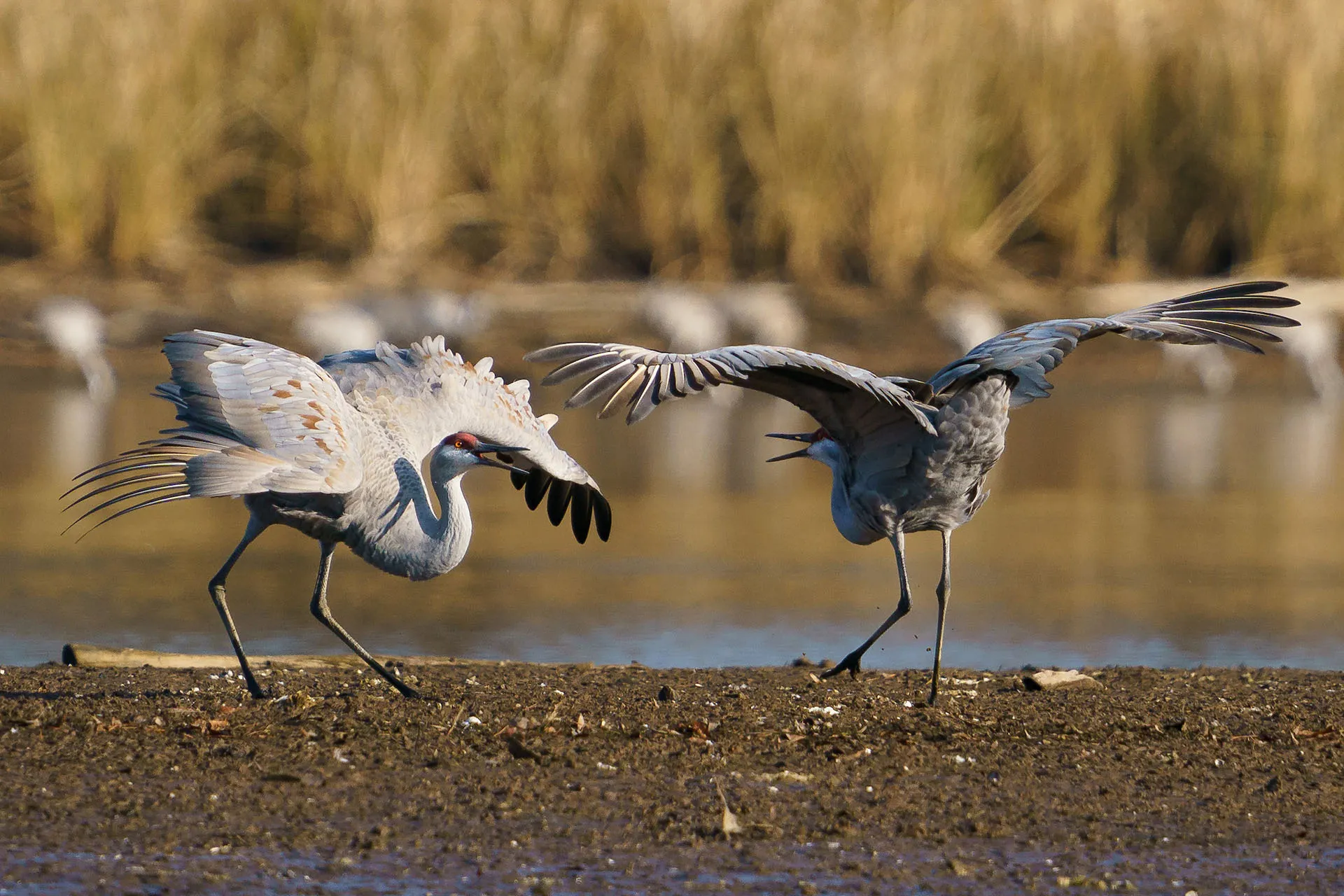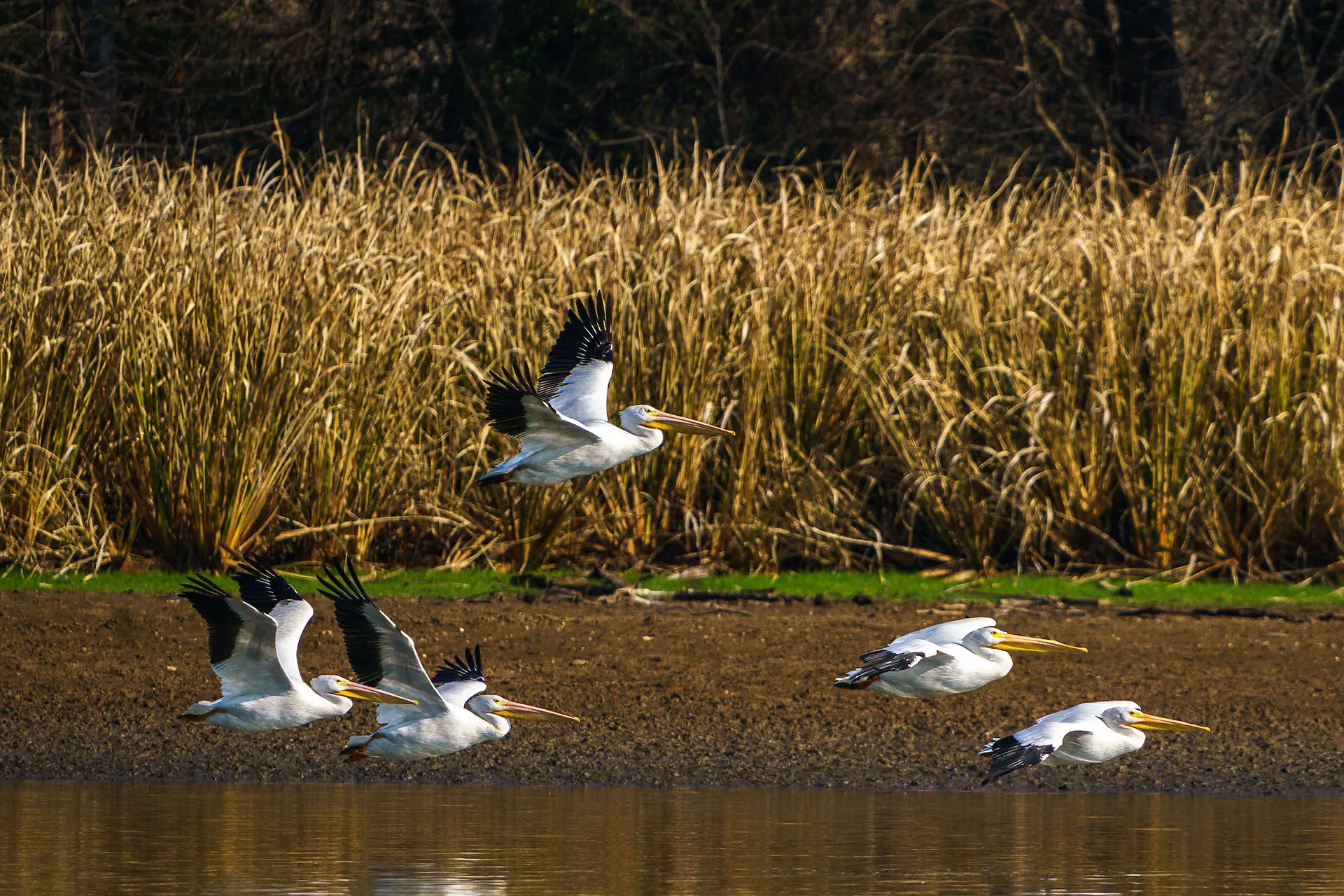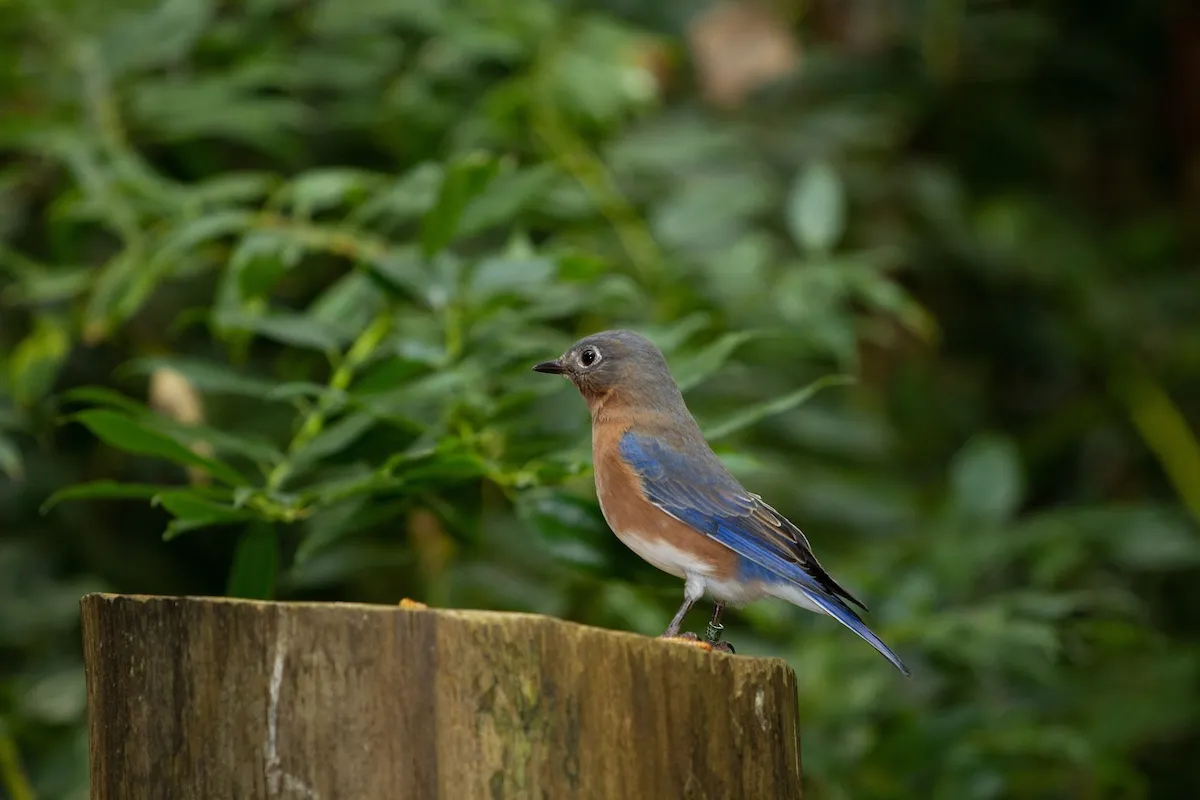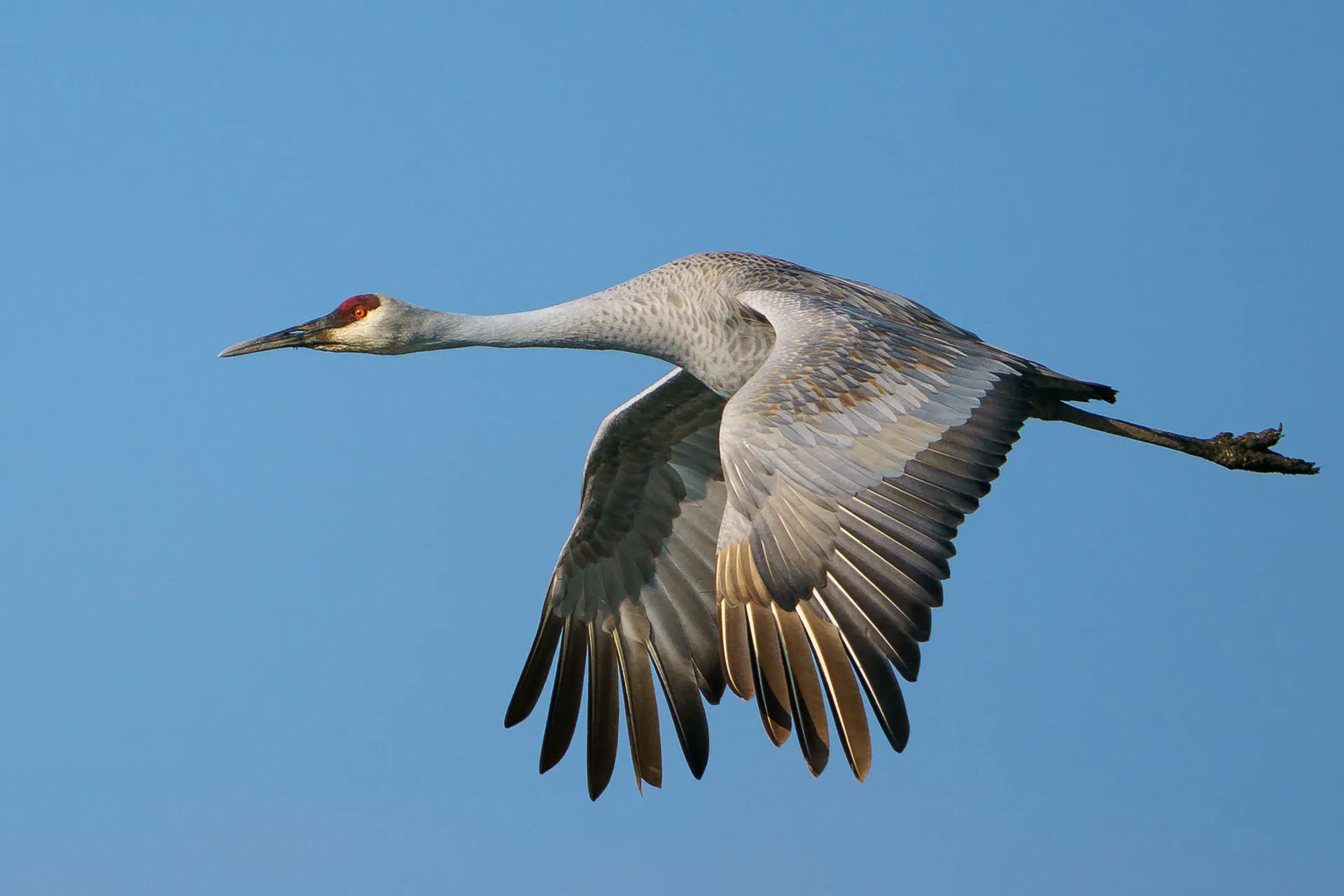You never know when birdwatching will creep up on you.
One day, you’re minding your business just walking down the street or through the park, and you notice a little yellow bird. You think to yourself, “I wonder what that pretty little bird is?”
Before you know it, you’re scouring the internet for information about little yellow birds in your area. Next thing you know, you’re downloading apps that help with bird identification, buying field guides that explain where birds live and migrate and joining up with groups of bird enthusiasts dedicated to tracking down rare and elusive species.
Suddenly, you’re spending Saturdays peering through binoculars looking for Tufted Titmice and Yellow-bellied Sapsuckers.
Congratulations — or condolences, perhaps? — you’ve become a birdwatcher!
Though it may seem like birdwatching most often makes a sudden appearance as nature enthusiasts approach middle age, this hobby is enjoyed by individuals of all ages. According to a 2022 recreation activity survey by U.S. Fish and Wildlife Service, 96.3 million people aged 16 years and older are estimated to participate in birdwatching in the United States. Do some simple math, and you’ll find that that means about three of every 10 people are, to some extent, into birding.
If you’d like to join the birding flock but aren’t sure how to get started, the Aquarium’s Curator of Forests (and certified bird nerd) Kevin Calhoon has a few beginner tips to point you in the right direction. A veteran birdwatcher who has spent decades traveling the globe in search of birds, Calhoon also serves as the statistician for the Chattanooga chapter of the Tennessee Ornithological Society.
“The best way to get started is to get out in the field with other people who are experienced because you can learn so much that way,” Calhoon says.


Joining birdwatching groups in your area will teach you the basics of learning where to look for birds, how to begin identifying what you see and how to use your binoculars.
Speaking of binoculars, you do have binoculars, right? Birds are small and typically far away, so a good pair of binoculars is essential for birdwatching. Binoculars with a comfortable grip, a wide field of view and good magnification are recommended.
Deciphering the numbers in binoculars —20×50; 10×42; 8×25 — is easier than it seems. The first number is the magnifying power of the binoculars. Obviously, the larger the first number, the closer an object (a Red-breasted Nuthatch, for instance) will appear. The second number indicates the width of the front lens in millimeters. The larger this number, the bigger the lens is, and the more light it will collect, while also increasing the size and weight of the binoculars. To sum up, a 10×42 set of binoculars makes objects appear 10 times closer to the viewer with a 42-millimeter-wide front lens.
If all that is still too much to take in, the National Audubon Society publishes recommendations for the best binoculars for every budget that can do the heavy lifting for you and pair you up with a set that meets your needs and means.
You’ll also want a field guide specific to your region that can help you identify different bird species. Choose a guide with clear illustrations, information on bird behaviors and maps that show their geographic distribution.
Finally, you’ll want a notebook or journal where you can record your observations, including the date, location, weather conditions and species. This will be invaluable for tracking your progress and learning patterns.
Once you have your tools, it’s a simple matter of getting out into nature to look for birds — or, if you’re more of a “sip my latte by the living room window” kind of birder — pointing your binoculars at your backyard feeder.
As you search for birds, you should familiarize yourself with some bird basics. Learn about the common bird species in your area, focusing on recognizing distinctive features like color, size, beak shape and markings. Begin with easily identifiable birds, like Cardinals or Blue Jays, before advancing to more challenging species, such as the Eastern Wood-Pewee or Yellow-rumped Warbler.
Don’t just look with your eyes. Use your ears as well and listen for distinctive vocalizations that are unique to different bird species. Don’t be dismayed if this doesn’t come quickly or easily, though, Calhoon cautions.
“It takes years to learn bird calls,” he says. “Start listening as soon as possible.”


Apps can be a helpful tool for identifying and tracking birds. Merlin (Apple/Android) and eBird, both published by The Cornell Lab of Ornithology, are particularly useful, though Calhoon stresses that you shouldn’t rely on apps alone for identifying birds. Merlin is capable of identifying birds by call using machine learning tools, but it isn’t infallible, and apps like this are best used as a starting point for bird identification rather than a definitive source.
Consider carrying a camera to aid in bird identification. A point-and-shoot with a super zoom lens can help you get close-up photos to compare against field guides after you return from your birding adventure.
Picking the right location to look for birds can also make a significant difference in your success. Local parks, nature preserves and wetlands are usually excellent options. Birds can typically be found in locations with water, abundant food and shelter.
Around Chattanooga, popular birdwatching spots include the Brainerd Levee (which is particularly good for finding birds of prey), the Chickamauga Dam, the Standifer Gap Marsh, Chester Frost Park and the Chickamauga Creek Greenway. Further north is the Hiwassee Wildlife Refuge, where majestic Sandhill Cranes overwinter every year.
With the right location, a good pair of binoculars and some patience, you’ll start finding new birds in no time. Remember that there is no need to hurry, and wildlife — particularly birds — can be skittish. Sit quietly and wait, and your perseverance will pay off.
Embarking on a birdwatching journey is a rewarding venture that encourages a deeper connection with nature. By investing in basic equipment, learning the fundamentals, choosing the right locations and being patient, you’ll find yourself immersed in a fulfilling and lifelong pursuit.
So, grab your binoculars, step outside, and let the fascinating world of birds unfold before your eyes.
